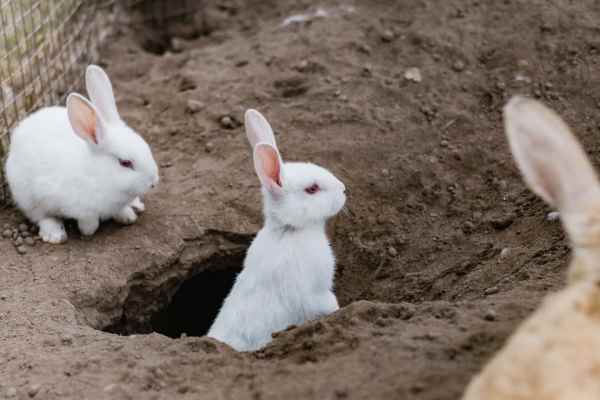Strawberries are an incredibly popular fruit among us humans, whether we’re including them in our beverages or desserts. But, have you ever wondered if any animals share our love for this delicious fruit?
Table of Contents
As it turns out, there are many! Wild animals such as raccoons, squirrels, and deer are just a few creatures that cause a ruckus when they try to snag some strawberries from our gardens.
These animals have various reasons for indulging in sweet snacks, some using them as a source of nutrients, and others purely enjoying their sweetness. Who knew the love for strawberries was a shared sentiment among so many species?
12 Animals That Love to Eat Strawberries
Squirrels
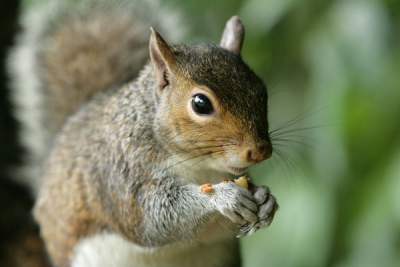
Scientific Name: Sciuridae
Diet: Omnivore
Squirrels are always on the move, and when they are spotted, they are usually nibbling on something. Whether it’s a nut or a random snack they stole, they are always on the hunt for something tasty.
One such treat that they can’t resist is strawberries. Once these delectable fruits ripen, the sugar content increases, making them irresistible to our furry friends. It’s no wonder these little critters spend a lot of time aiming for various plants and crops, including strawberries.
For those who have these fruits growing in their yards or garden, prepare for the occasional visit from these curious creatures.
Raccoons
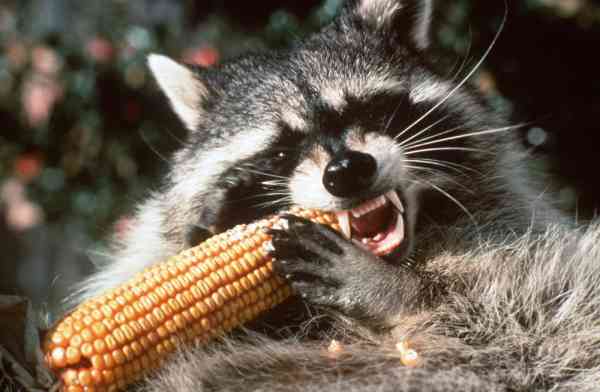
Scientific Name: Procyon lotor
Diet: Omnivore
Raccoons may look cute and cuddly, but they can become a real headache for homeowners when they become unwelcome visitors. These pesky creatures can wreak havoc not only on your trash bin but also in your yard.
With their natural instinct to search and dig for treats, raccoons can leave a trail of destruction behind. Crops and plants are destroyed, dirt and trash are spread all over the place, and worst of all, they love to steal sweet strawberries. Luckily, there are ways to deter these little rascals.
Applying a repellant spray on your strawberries or using a wildlife net are both great options to keep these critters at bay.
Deer
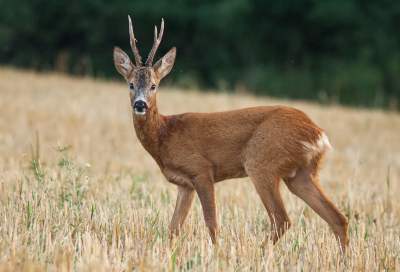
Scientific Name: Cervidae
Diet: Herbivore
Deer are known to be herbivores, which means that they survive solely on plant-based diets. They graze on a variety of plants including grasses, crops, acorns, woody plants, and forbs. Strawberry is one fruit that they can’t resist. Their appetite for juicy fruit can be a problem for plant owners living in deer-infested regions.
Some plant owners resort to installing cylindrical mesh around their plants to prevent the deer from accessing them, but there’s no guarantee. There is no need for repellant sprays though. While these methods may work, deer can return anytime, lured by the irresistible scent of fresh strawberries.
Rabbits

Scientific Name: Oryctolagus cuniculus
Diet: Herbivore
If you’re a proud owner of a pet rabbit, you’ll be pleased to know that strawberries are an excellent sweet treat for your furry friend. In the wild, rabbits can’t resist the sweet taste of strawberries, including the plant shoots. Not only do they taste great, but they’re also packed with fibre and essential nutrients that keep bunnies healthy.
However, it’s important to remember that too much of a good thing can be bad for your pet. Strawberries are high in sugar, so feeding them to rabbits in moderation is crucial.
A maximum of three times a week is recommended. Your bunny is also safe to eat the green leafy part of the strawberry, which they’ll love. Just be sure to wait until they’re at least three months old before introducing them to this delectable fruit.
Marmots
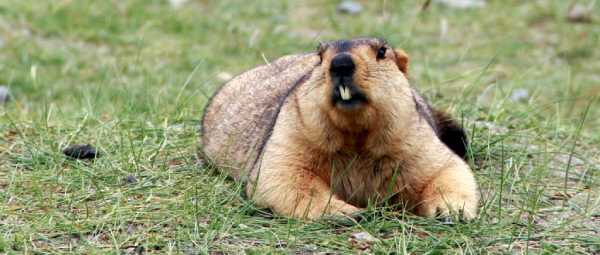
Scientific Name: Marmota
Diet: Omnivore
If you thought only humans loved strawberries, think again. Marmots are another creature that can’t resist the sweet taste of these juicy fruits. While they mainly survive on grasses, roots, and mosses, they won’t hesitate to waltz into your yard and steal your precious crop.
And when they’re done devouring your strawberries, they’ll leave a trail of destruction behind. But how do you protect your beloved berries from these pesky creatures? Installing a wooden cage and a mesh around the plant should do the trick, at least for a while.
However, don’t be fooled, marmots are excellent diggers and can quickly tunnel their way to your bounty. To ensure your harvest remains intact, be sure to keep a close eye on your plants and make necessary adjustments to deter these notorious berry thieves.
Turtles
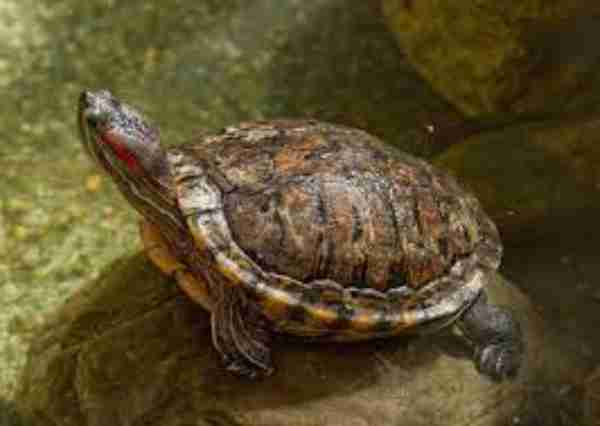
Scientific Name: Testudines
Diet: Omnivore
Even when hiding on their shells, turtles cannot hide for long in the sight of a strawberry. This amphibian will race towards the fruit in no time.
Turtles also include strawberries as one of the fruits in their diet. They need to maintain their solid bones for muscular functions.
To achieve it, they consume strawberries for calcium. A strawberry contains 27 mg of calcium, a great way to start its calcium intake.
Turtles can consume strawberries perfectly fine unless they have an allergy to the fruit. But similar to every other pet, the number of strawberries to be consumed must be limited.
Strawberries are also high in sugar, so the number of strawberries to be consumed must be in proportion to the turtle’s size.
Yes, turtles love strawberries! It’s not just because of their sweet taste, though. They also need it for their bone health. A single strawberry contains a fair amount of calcium, which helps them maintain the strong bones needed for its muscular functions.
However, it is important to remember that strawberries are high in sugar, so it’s essential to limit the number of strawberries they consume. But when they do get a hold of one, they will race towards it without hesitation
Hamsters
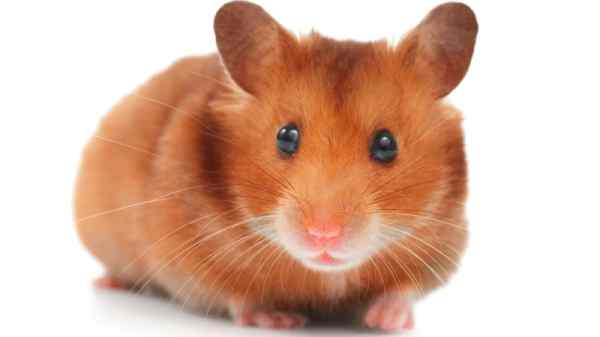
Scientific Name: Cricetinae
Diet: Omnivore
Are you looking for a special treat for your pet hamster? Look no further than strawberries! These sweet berries make a delicious snack for hamsters, but be sure to chop them up first to avoid choking hazards.
While it’s best to limit your hamster’s strawberry intake to once a week, you can offer them a quarter teaspoon of chopped strawberries twice a week as a special treat.
It’s important to note that strawberries are not an essential part of your hamster’s diet, but they are a tasty addition. Just be sure to keep your hamsters in a cage if you have any strawberry plants, as they just might try to snag a few for themselves!
Guinea Pigs
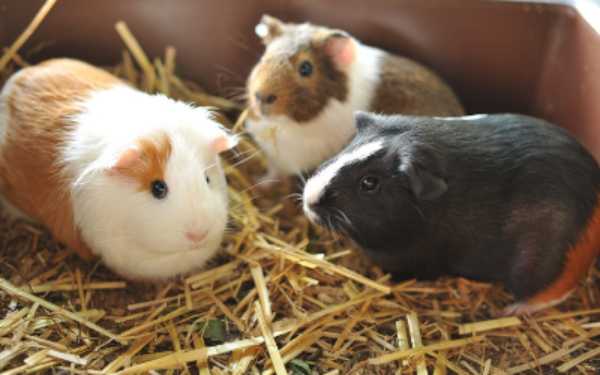
Scientific Name: Cavia porcellus
Diet: Herbivore
Guinea pigs are adorable pets that make lovely companions. They’re also known to have a sweet tooth for strawberries! While it’s safe for them to have one or two small-sized strawberries per week, it’s essential to keep their diet balanced.
Strawberries are not only a sweet treat but also a great source of vitamin C and antioxidants, which guinea pigs need to stay healthy.
They cannot produce vitamin C, so it’s vital to include fruits like strawberries in their diet. However, overfeeding them with strawberries can harm their digestive tract and lead to obesity due to their sugar content.
With this information, you can treat your guinea pig to a healthy and enjoyable snack of strawberries in moderation.
Bearded Dragons
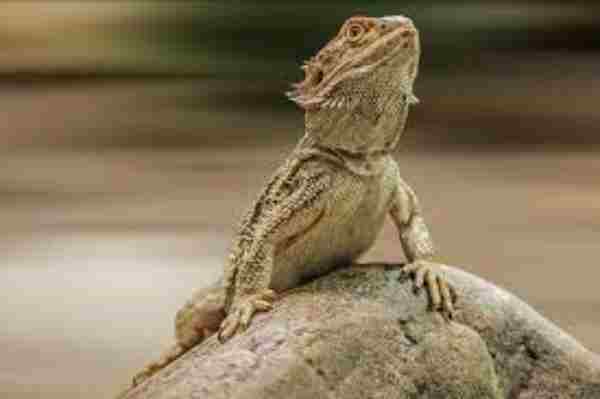
Scientific Name: Pogona
Diet: Omnivore
Out of all the animals that eat strawberries, the bearded dragon is undoubtedly the most fascinating one. Many people are unaware that bearded dragons enjoy fruits like strawberries as a part of their diet. What makes strawberries so important for these reptiles is their natural calcium content, something that bearded dragons need in their diet.
However, like with any sweet treat, moderation is key. An excess of strawberries can affect the bearded dragon’s sugar levels, so it’s essential to be mindful of portions. It’s also necessary to note that aside from calcium, strawberries don’t have much other nutritional value for these animals.
Therefore, it’s crucial to ensure that their diet is well-balanced. When preparing strawberries for your reptile, clean them carefully, and opt for smaller-sized pieces to dodge any choking hazards.
Birds
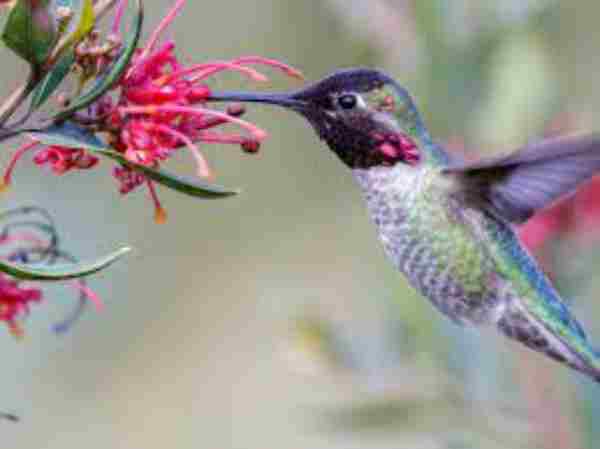
Scientific Name: Aves
Diet: Omnivore, Herbivore, Carnivore
Birds are known for their diverse diets and ability to eat almost anything they can peck. While each bird breed has its preferences, some birds like crows, robins, and bluejays share a love for strawberries.
These birds find strawberries irresistible, and it’s no wonder they do since it’s a great source of nutrition. Strawberry plants often attract birds, and as much as one would love to protect their strawberries from them, it’s not an easy task. While hanging metallic tins or installing mesh and chicken wire can deter birds, it requires additional effort during the harvesting season.
Nevertheless, bird lovers can’t help but admire the birds’ love for strawberries, and it’s a joy to see them enjoying it.
Insects
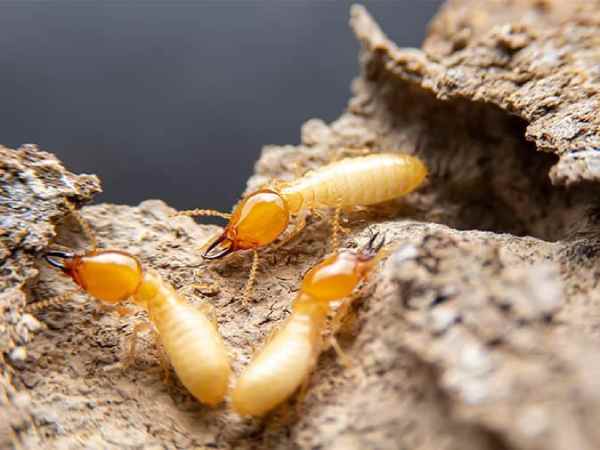
Scientific Name: Insecta
Diet: Omnivore, Herbivore, Carnivore
Another animal that eats strawberries is an insect. Due to their small sizes, they usually go unnoticed for some time.
Imagine eagerly waiting for your freshly grown strawberries to ripen. You keep an eye on them and are excited to finally taste the fruit of your labour. Suddenly, you notice tiny holes in some of the strawberries.
You inspect them closer to find that an insect has been feasting on your beloved crop. Due to their small sizes, insects can go unnoticed and cause significant damage to strawberries.
Some eat minuscule amounts, leaving tiny holes, while others consume the entire strawberry. Snails and slugs are also culprits in strawberry damage.
Luckily, there are ways to prevent them from feasting on your fruit, such as watching over the strawberries and applying insecticidal soap solution to the leaves.
FAQs on Animals That Eat Strawberries
Do Ladybug Eat Strawberries?
While most people see ladybugs as cute, harmless creatures, these insects are actually carnivores that love to prey on tiny insects like aphids. However, just like us, ladybugs have a sweet tooth and enjoy snacking on high-sugar-content fruits like strawberries.
If you want to keep ladybugs as pets, try offering them rehydrated strawberries, which are sweeter than freshly picked ones. Plus, having ladybugs around your home garden can be beneficial since they help keep unwanted insects from destroying your plants and flowers.
How to Keep Animals Away From You Strawberry Plants?
Protecting your strawberry plants from animals can be a daunting task, but there are a few simple ways to keep them away. One option is to spray repellents, which can work for a few hours but may require repeated applications. Another option is to install a fence around your plants.
Although this can be more time and cost-intensive, it provides a physical barrier against animals. However, be aware that animals that dig holes and insects can still pose a threat. For the best protection, consider combining both methods to give your strawberry plants the ultimate defence against pesky animals.
Final Words
When you think of animals eating strawberries, you might imagine a cute bunny hopping through the garden and snacking on these sweet fruits. However, in reality, it’s more likely that raccoons, squirrels, and deer are indulging in this beloved summer treat.
These animals have a penchant for strawberries and, as it turns out, there’s a scientific reason why. Strawberries are packed with fibre, making them a great snack for creatures that need a little extra help with their digestion.
They can spend hours grazing on whatever snack is within their vicinity. However, when it comes to pets, like cats, the story is a bit different. While they can eat a small number of strawberries, too much can cause their sugar level to increase. But, here’s the catch – it’s not the sweetness they’re after. Cats are more interested in playing with the fruit than eating it!
Reference:
- https://www.vitalpetclub.co.uk/can-rabbits-eat-strawberries/
- https://www.woodlandtrust.org.uk/blog/2019/08/what-foxes-eat/
- https://www.akc.org/expert-advice/nutrition/fruits-vegetables-dogs-can-and-cant-eat/
A motivated philosophy graduate and student of wildlife conservation with a deep interest in human-wildlife relationships, including wildlife communication, environmental education, and conservation anthropology. Offers strong interpersonal, research, writing, and creativity skills.

